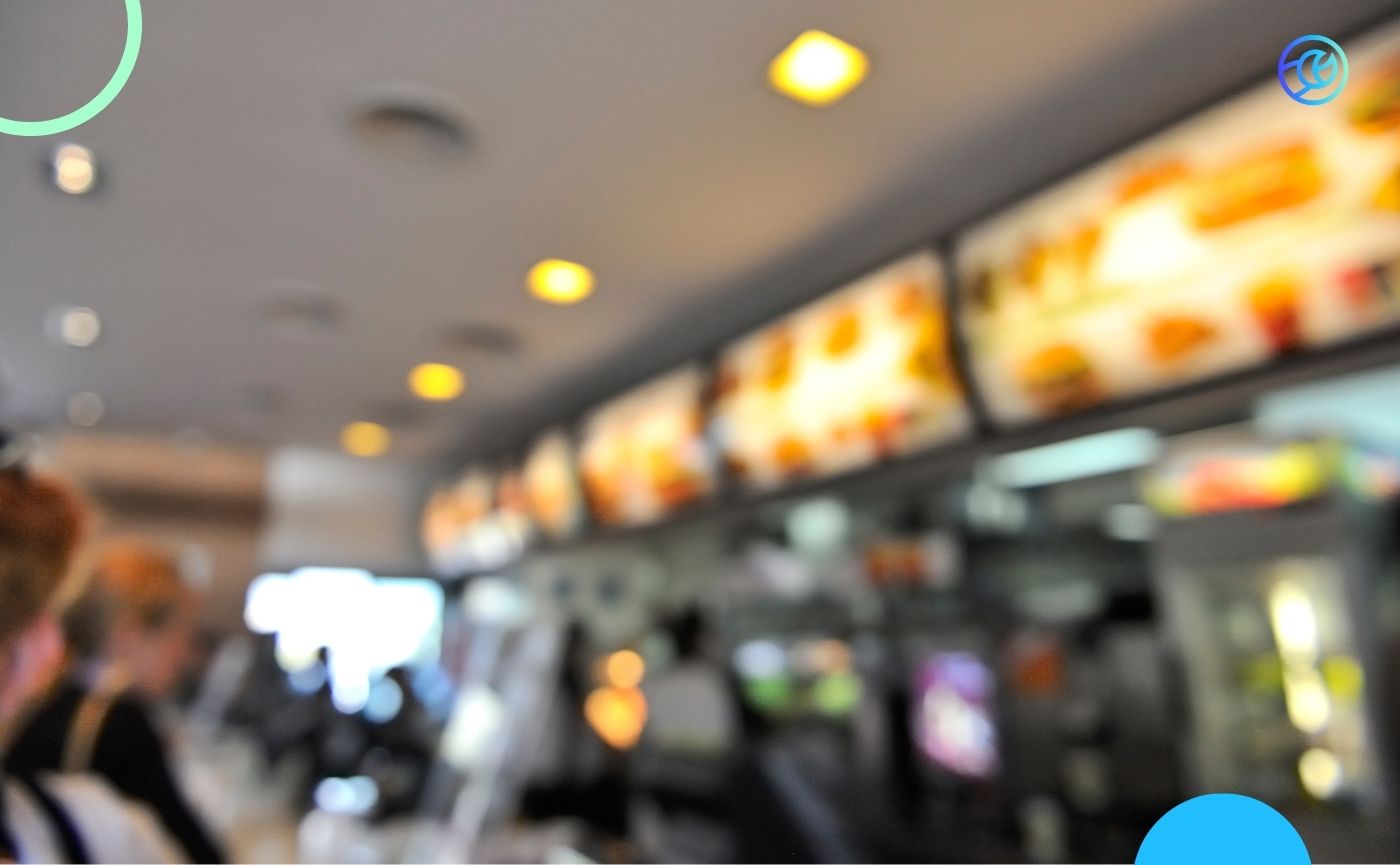Leveraging Local Social Advertising to Tackle Franchise Marketing Challenges
Local social advertising stands out as a crucial tactic for navigating and overcoming the unique challenges franchise brands face. Modern local social advertising tools offer solutions tailored to the franchise model, like simplifying campaign execution, ensuring compliance with brand standards, and facilitating easier adoption among franchisees. These tools can automate complex processes, provide actionable insights into campaign performance, and enable franchisees to focus on what they do best—serving their customers.
Understanding the Landscape
According to Franchise Update Media’s Annual Franchise Marketing Report (AFMR), franchise marketers are wrestling with a wide array of challenges, including:
- Getting franchisees to stay on brand
- Marketing plan pivots
- Franchisee compliance and adoption
- Franchisees being distracted by the complexity of digital marketing
- Tight profit margins for franchise owners affect their willingness to invest in marketing
- Reaching their target market within the budget
- Stricter privacy policies resulting in less effective targeting
- Demonstrating the ROI of marketing efforts
The AFMR serves as a tool for marketers striving to enhance their tactics and maximize the value of every dollar spent. It offers a clear view of the current landscape in franchise marketing, highlighting the small teams handling extensive duties, a system dependent on trust yet seeking clarity, and the pivotal role that digital advertising holds in attracting customers.
Local social advertising offers a targeted approach for franchise brands by focusing on geographic areas instead of individual behaviors, leveraging the widespread acceptance of location sharing among consumers. This method respects privacy while enabling precise audience targeting through location, enhanced by the integration of first-party data for more personalized and effective ad campaigns. The strategy not only boosts sales and conversion rates for franchises but also creates a beneficial cycle of data sharing and insights, optimizing marketing efforts and driving foot traffic to local stores.
- 58% of franchise marketing teams consist of 1-3 people.
- 83% of brands mandate marketing spend, and nearly half (48%) rely on an honor system for auditing.
- 75% of franchise marketers rank digital advertising as the “most effective” tactic.
These challenges underscore the necessity for franchise brands to adopt innovative marketing strategies. Local social advertising offers a pathway to conquering these hurdles by enabling franchisees to create targeted, engaging, and effective marketing campaigns that resonate with their local audiences.
The Current State of Social Advertising Among Franchisees
Franchisees are already active on social media, with a significant presence on Facebook and Instagram.

This activity is backed by substantial investment, especially in Facebook. This activity dominates both usage and expenditure and proving franchisees want to do social advertising.


Franchisees’ reliance on social platforms like Facebook, Instagram, and more recently Tiktok, places social media at the core of their marketing activity. However, a lack of alignment with the overall brand strategy, insufficient digital marketing skills, and fragmented execution often dilute the effectiveness of these efforts. This leaves brand marketers frustrated and uncertain about performance and ROI.
In addressing these challenges, local social advertising emerges as a solution and strategic imperative for franchise brands. Download our playbook, “How Local Social Advertising Solves Top Franchise Marketing Challenges,” to learn how local social advertising meets the immediate needs identified in the AFMR and builds a resilient and adaptable marketing framework that can thrive amidst the ever-changing digital marketing landscape.
Articles in the series:
- Leveraging Local Social Advertising to Tackle Franchise Marketing Challenges
- Brand Integrity and Agile Marketing with Local Social Advertising for Franchises
- How Local Social Advertising Can Simplify Digital Marketing for Franchise Success
- Empowering Franchisee Activation: How to Outshine Competitors in Local Marketing
- How Franchise Brands Can Reach Their Target Audience
- Local Social Ads Solve Privacy Concerns for Franchise Brands
- Proving Worth: The Power of Local Social Advertising for Franchise ROI
Discover how Tiger Pistol can power your local advertising success.
Related Posts
Structured Choice: The QSR Franchise Marketing Strategy That Builds Trust and Protects the Brand
QSR franchise marketers walk a fine line: protect the brand, but empower the franchisee. Too much control, and operators disengage. Too little, and the brand loses consistency. The solution isn’t full freedom or rigid governance. It’s structured choice. Why Structured Choice Wins QSR franchisees don’t want to write campaigns from scratch. They want to sel
Meta’s Performance 5 Framework: How Tiger Pistol Harnesses Meta’s Recommendations for Unbeatable Ad Results
Wow. It sure feels great to be proven right! We’ve been playing the Meta advertising game for over 12 years now, 10 of those as a Meta Business Partner. Late last year, Meta made an exciting announcement with their Performance 5—five data-driven tactics that guarantee improved ad results. We couldn’t contain our enthusiasm in the office […
How Localized Advertising Fuels Franchise Growth and Strengthens Franchisee Trust
Trust is the foundation of every successful franchise relationship. It shapes franchisees’ perception of the brand, influences their willingness to embrace corporate initiatives, and ultimately drives their performance. However, fostering trust in a franchise system requires more than just strong branding – it demands consistent communication, transpare
Balancing Brand Control and Franchisee Autonomy with Collaborative Social Advertising
Make the Most of Your Advertising Opportunities with a Collaborative Approach Recently, Tiger Pistol CEO Paul Elliott penned an article for Global Franchise’s North America Report. Elliott discusses the struggle brands face in retaining control and maintaining consistency while giving franchisee owners freedom in their social advertising efforts.





